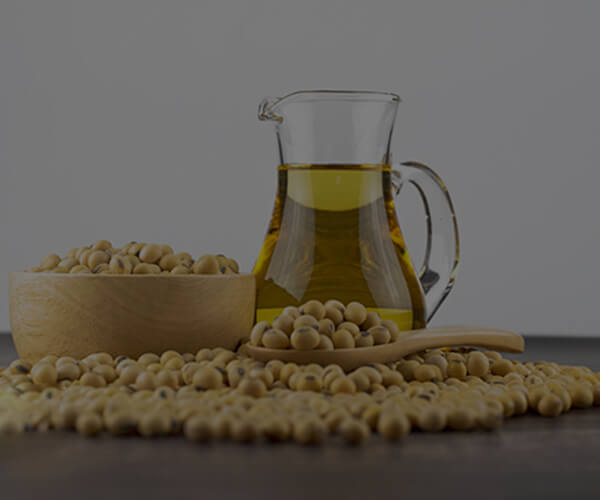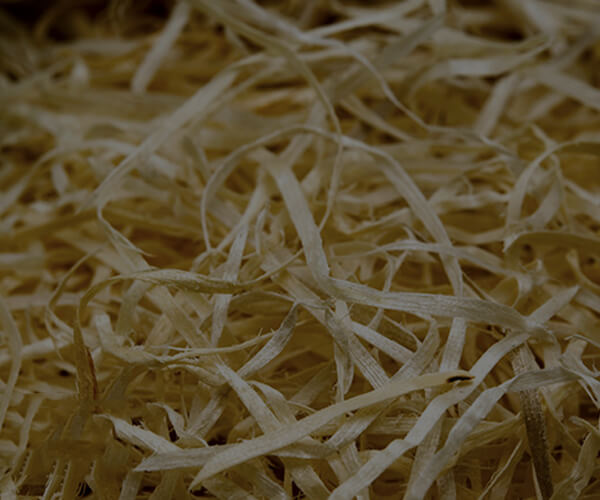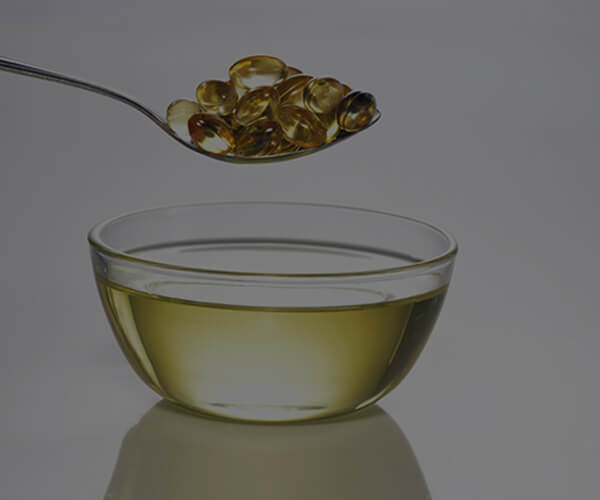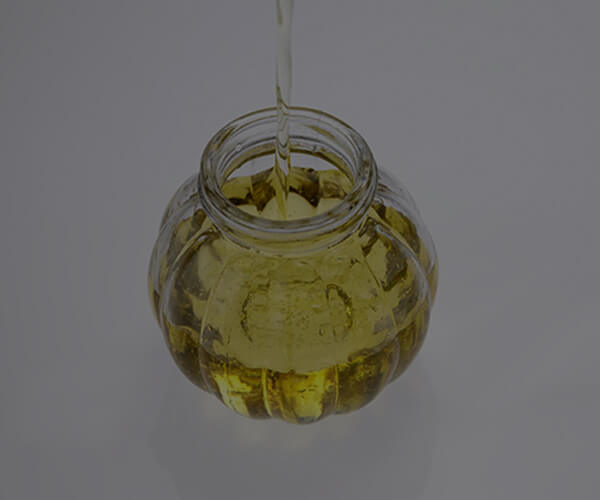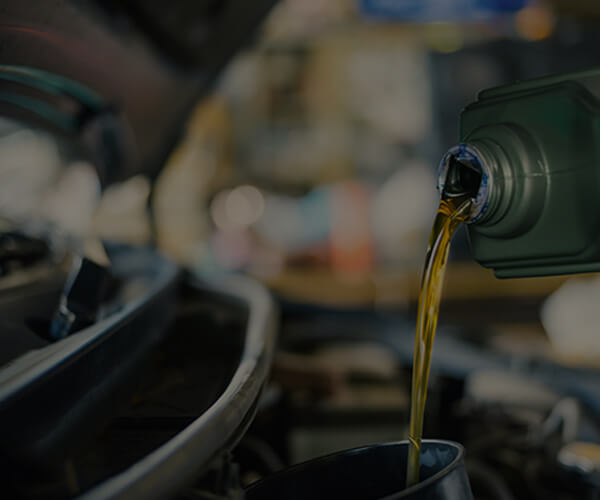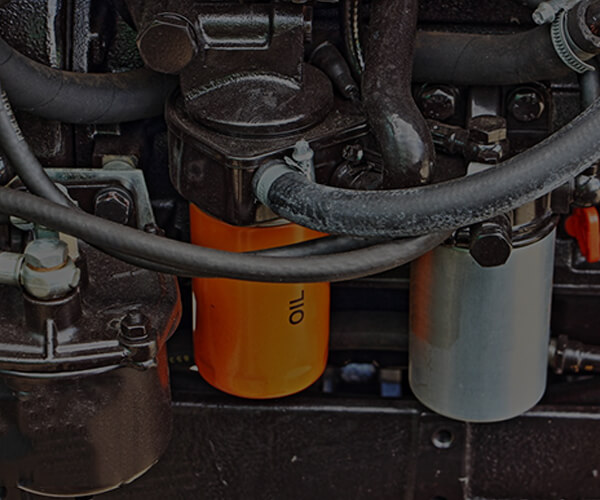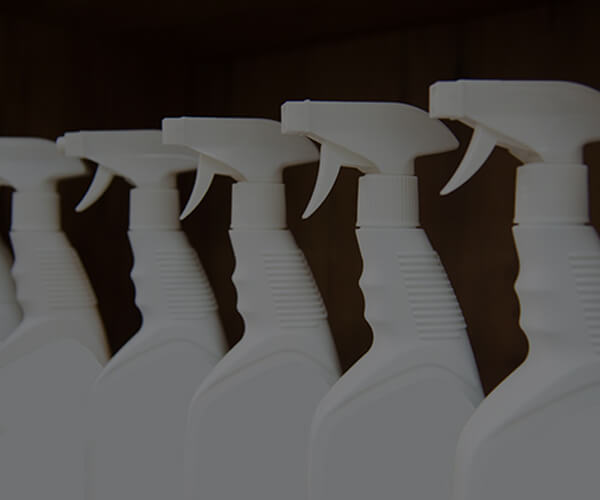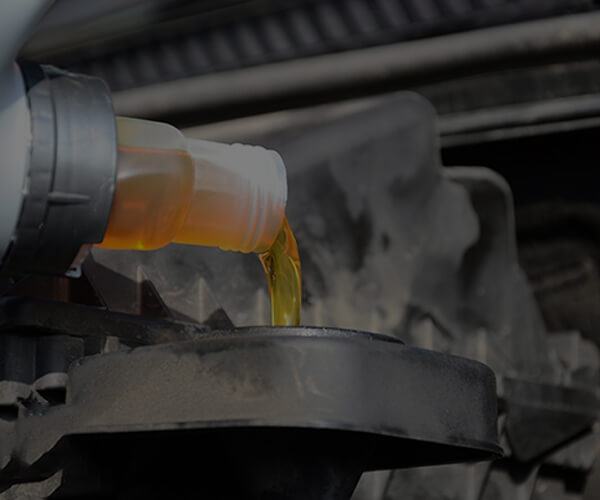Archives
动物副产品
华鼎分离机提供分离技术,用于回收明胶、血浆和血粉,用于可食用和不可食用的制取工艺,以及用于处理浮选污泥、动物骨骼或烹饪肉汤。为了保证最佳得率和所生产的原料脂肪的高质量,我们提供完整的湿法制取生产线来回收食用脂肪。这些生产线由我们的工艺工程师根据客户的特定要求和使用的具体原料进行调整。从工厂进料、去除金属异物,以及所有的分离阶段,直到最后测试纯化脂肪的整个过程,都可以完全自动化,当然也可以兼容CIP。
应用:
━ 阿巴托尔废物
━ 动物骨骼
━ 动物血液
━ 骨头的肉
━ 烹饪肉汤
━ 食用脂肪
━ 脂肪成分提取
━ 明胶
━ 不可食用的脂肪
━ 羊毛脂
━ 机械皮革的切割物
━ 浮选淤泥的处理
━ 羊毛脂肪
鱼油和鱼粉
100多年前碟式分离机和卧螺离心机都已用于鱼油和鱼粉加工。华鼎分离机已经为鱼油行业开发、制造和交付了1000多台离心机,同时成功地、创新地优化了工艺。无论是采用传统工艺、整鱼工艺还是三相卧螺离心机工艺,华鼎分离机都能确保客户始终获得最有效的干物质(蛋白质)、脂肪和水的分离,同时将接触时间控制在最短。华鼎分离机也可以为小容量的加工提供新的和高性价比的解决方案。
应用:
━ 鱼粉
━ 鱼油
━ 肝油
━ 浮选污泥的处理
━ 生鱼片
油脂回收
现代油脂回收工艺的特点是广泛使用离心式澄清和分离技术。最终产品的质量取决于生产工艺以及所用原料和产品的性质。华鼎分离机通过各种碟式分离机和卧螺离心机直至完整的工艺产线提供增值解决方案。
实际的生产方法和技术必须像各种不同的油脂一样多样化。离心机始终是设备的核心。作为技术领导者,华鼎分离机在处理动物副产品、鱼类以及植物原油(如橄榄油、鳄梨油或棕榈油)或清洁煎炸油方面,已被证明是一个创新和强大的合作伙伴。无论是两相或三相卧螺离心机、具有最大自动化程度的自清式碟式分离机还是不连续运行的系统,我们总能为客户找到最具成本效益和最佳的技术解决方案。
━ 屠宰场废弃物
━ 动物的骨头
━ 鳄梨油
━ 血粉
━ 血浆
━ 骨肉
━ 煎炸脂肪的澄清
━ 可可脂
━ 烹饪肉汤
━ 脂肪成分提取
━ 鱼粉
━ 鱼油
━ 来自鱼和肉的浮选淤泥
━ 明胶
━ 羊毛脂
━ 肝油
━ 机械皮革切割物
━ 人造脂肪
━ 坚果油
━ 橄榄油
━ 棕榈油
━ 加工工业
━ 辛克莱尔胶水
━ 生鱼片
━ 植物脂肪
OILS & FATS REFINING
The wide variety of oils requires equally varied practice-oriented production processes and technologies. To cover this demand, Huading Separator designs and manufactures customized solutions. The heart of the plant is always the centrifuge. Whether it is a self-cleaning separator with the highest degree of automation or a discontinuous system, every customer will find the best economic and technological solution for his production duty – from a separator with a daily capacity of 30 t for small mill operators up to the separator with a capacity over 1000 t per day for large refineries.
Processes for vegetable oil processing:
━ Press oil clarification
━ Degumming
━ Neutralisation
━ Alcoholic neutralisation
━ Washing
━ Dewaxing
━ Dry fractionation
━ Soapstock splitting
Processing of:
━ Soy oil
━ Linseed oil
━ Sunflower seed oil
━ Cotton seed oil
━ Corn seed oil
━ Olive oil
Applications in the oleochemical industry:
━ Connemann process
━ Epoxidised oils
━ Glycerine
━ Mono/diglycerides
━ Soap
━ Fatty acids
━ Fatty alcohols
━ Wet fractionation
TREATMENT OF DIESEL OIL
Better diesel for powerful engines – Diesel is the most important fuel for engines not only in industry but also in agriculture. But diesel is not always diesel. Especially in the tough conditions encountered in agriculture and industry, diesel is frequently contaminated with condensation water and dirt particles mainly during transportation and storage.
This problem is particularly serious in large farming operations where tractors and machinery are increasingly being used. What is the point of specifying the degree of purity of the diesel in the manual as an obligation under warranty when only low-grade diesel qualities are available locally?
The manufacturers of vehicles and engines are increasingly adopting the practice of incorporating disc separators in their offers to buyers in the agricultural sector. These machines are capable of dealing with this problem, even in extremely remote regions. The farms can therefore immediately feed the diesel oil from the tankers through a disc separator and store the purified diesel. Alternatively, the contaminated diesel could be intermediately stored and circulated through the separator later into a fresh tank.
The smallest disc separator operates at a capacity range around 1000 l/h. This amply covers the requirements of farming operations. And, since the separator is also available in a light, transportable mobile version, it can be flexibly used from farm to farm.
Huading Separator supplies practical, customized solutions not only for the agricultural sector but also for large petrol stations (for diesel locomotives and busses) and for mining.
TREATMENT OF SPENT EMULSIONS AND SPENT OIL
Spent /waste oil is generally denoted as an oil which, due to changed properties, no longer meets the original requirements (e.g. oiliness), and whose characteristics cannot be further enhanced by treatment. Potential sources are spent oils from engines and gearboxes, oily emulsions, bilge water, tank residuals etc. These waste oils have different densities, viscosities and impurity levels.
Waste oils can be treated or refined by means of chemical-physical processes or used as high-grade fuels in the cement industry or in smelters. The waste oil ordinance stipulates the priority of the material treatment of waste oils by means of refining in as far as this does not conflict with technical and economic as well as organizational constraints. The composition of the waste oil as well as the level of contaminants in the waste oil likewise determine the method of disposal.
If the waste oil is to be incinerated, all impurities such as solids and water must be removed beforehand. During incineration, the water content lowers the calorific value. The solids lead to deposits in the boiler, clogging of the nozzles and diminish the thermal efficiency.
Waste oil can be treated by means of mechanical centrifugal technology. Decanters and self-cleaning separators can be used for separating solids and water from waste oil.
润滑油和液压油的处理
洁净的油品使操作顺畅 – 水和污垢颗粒对所使用的润滑油或液压油起着负面作用。如果冷凝水或泄漏的水通过液压系统的狭窄缝隙进入油中,很容易造成腐蚀。
除了水之外,由于金属部件的磨损而产生的颗粒以及环境中的灰尘也会进入液体。随着时间的推移,油的质量将受到杂质和液体异物(如水)的影响,最终导致系统的堵塞和故障。
其结果是机器故障以及相关的维修费用和生产损失。
被污染的油必须用新油替换。这就产生了额外的废油处理费用以及购买新油的费用。
为了确保润滑和液压系统的无问题运行,必须使用不含水和异物的润滑油和液压油。在离心技术的帮助下,这些液体可以去除固体和水。分离机能非常有效地做到这一点。它们可以去除小至1微米的金属颗粒。
例如,钢铁厂或造纸厂使用这种油处理方法提高了他们的效率。
清洁液的处理
通过洗涤碱液清洗和油品回收,以分离代替处理从而保护环境
金属加工行业的某些表面处理过程需要彻底清洗。对所使用的清洗剂进行处理,不仅可以长期保护环境;还可以大大降低成本。
离心分离机适用于清洗洗涤碱液。它们处理热脱脂浴的清洗碱液和深拉过程中产生的拉丝油。
特点是:
━ 大大减少清洗碱液的需求量
━ 减少了处理成本
━ 提高清洗效果,因为循环的清洗碱液始终是干净的
━ 固体和油以浓缩物的形式排出
━ 降低清洗碱液循环系统的成本
━ 均匀的清洗效果带来高质量表面
冷却润滑剂的处理
冷却剂乳化液和冷却油的离心分离
冷却剂乳剂被广泛用于切割和非切割过程中。它们的作用是减少摩擦或成型能量、散热以及将磨料从被加工点冲走。
冷却剂乳液由各种成分(乳化剂、稳定剂、抗腐蚀添加剂、EP添加剂和矿物油成分)组成。这些乳剂或多或少都会受到腐烂和分解的影响。污染物,如金属磨料和外来液体(液压油、润滑油)会加速老化过程,即乳化剂的降解、酸的形成、变色加上气味的滋扰和处理时引起的皮肤刺激。
防止老化的主要措施是在安装过程中保持绝对清洁。为了使冷却剂乳化液处于可用状态,必须尽快清除固体和杂油。
这两项任务可以用分离机同时完成。固体颗粒和杂油将在一个步骤中被分离。

